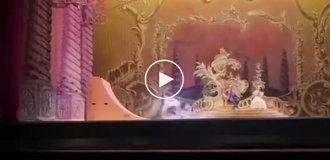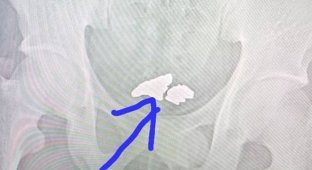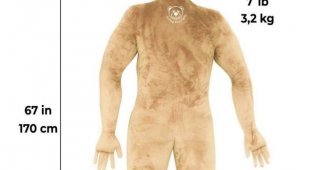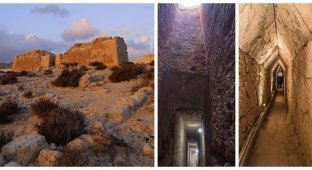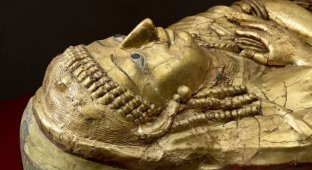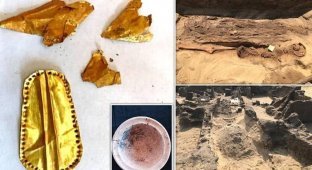Egyptian mummy wrapped in gold, 4,300 years old, found archaeologists at the Pyramid of Djoser at Saqqara. Archaeologists call her oldest ever found by explorers. 

Archaeologists have discovered a 4300-year-old mummy near the Step Pyramids, entirely wrapped in gold. According to them, she seems to be the oldest ever found.
The mummy of a man named Gekashepes was found inside limestone sarcophagus at the bottom of a mine 20 meters deep. group of scientists also discovered many life-sized statues depicting servants, men, women and families. 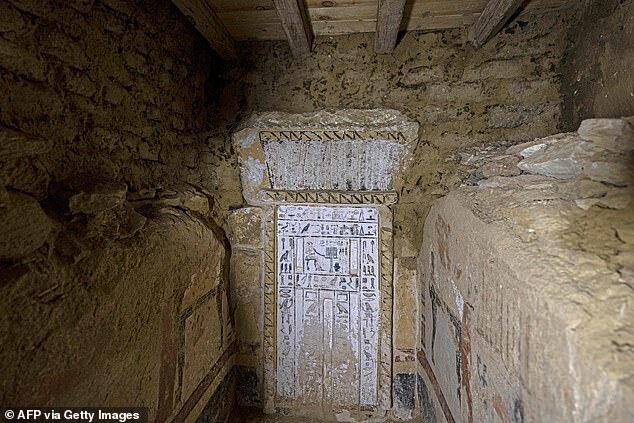
The found tomb is part of a group of tombs of the fifth and sixth dynasty, found 30 kilometers south of Cairo. Find like hope the local authorities will not only help scientists, but also revive tourism in region. 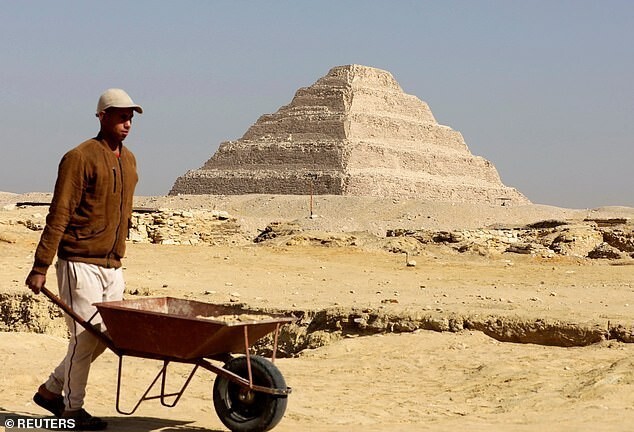
“Unfortunately, the expedition did not find any inscriptions that could identify the owners of these statues,” said the head excavations by Egyptologist Zahi Hawas.
Saqqara is part of a vast necropolis in the ancient capital Egypt's Memphis, which includes the famous Pyramids of Giza and smaller pyramids at Abu Sir, Dahshur and Abu Ruwaish. 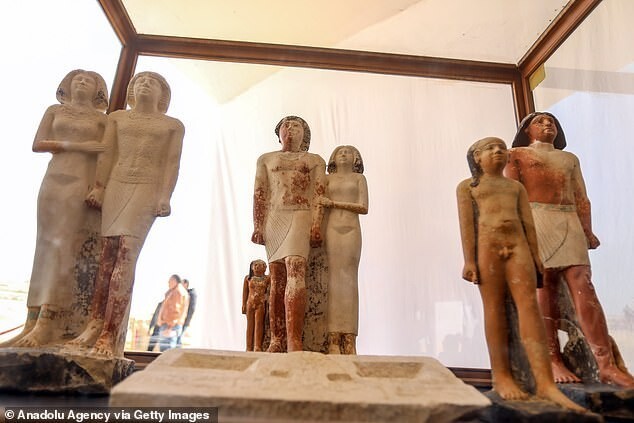
The ruins of Memphis were listed as a UNESCO World Heritage Site in the 1970s.
During the excavations, archaeologists discovered two mines: one with the remains of Gekashepes, and another, about 12 meters deep, leading to three other tombs and numerous statues.
"The most interesting tomb belongs to Khnumdzhedef, inspector officials, the overseer of the nobility and the priest in the pyramid complex of Unas, the last king of the Fifth Dynasty,” Hawass said. - The tomb is decorated scenes from everyday life.
Another tomb, says the scholar, belonged to Mary, "the guardian secrets and assistant to the great leader of the palace." Mary was a confidant the ancient king and followed the archival documents of the pharaoh. He knew the secrets composing letters and words that in an illiterate Egyptian society associated with magic and sacred knowledge. 
The second shaft also contained a group of beautiful wooden statues. In addition, next to the table for sacrifices and a stone sarcophagus with mummy were found three statues depicting the same person named Fetek. 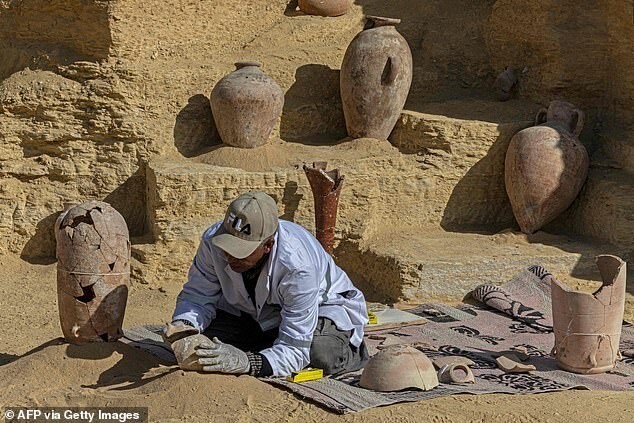
The research team also discovered many amulets, stone vessels, tools for everyday life and statues of Ptah-Sokar. 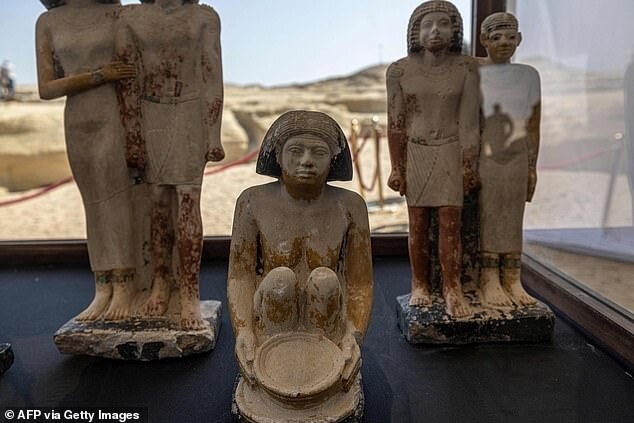
Opening of new finds to the public, which will take place in the near future, against the backdrop of a real wave of new archaeological discoveries, about which the Egyptian authorities have announced in the last days and weeks. So, recently, archaeologists said that not far from the city of Luxor in the south In Egypt, they discovered dozens of burials dating from 1800 to 1800. BC. to 1600 BC era of the New Kingdom. In addition, nearby from the excavation site, the ruins of an ancient Roman city were discovered. 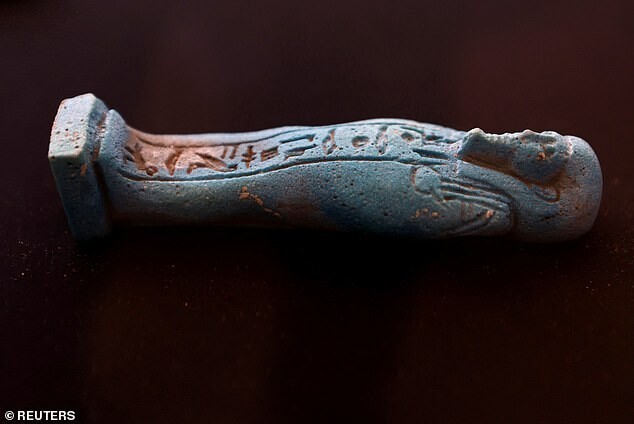
In addition, just the other day a group of scientists from Cairo University revealed previously unknown details about the mummified a teenage boy whose body dates back to around 300 B.C. 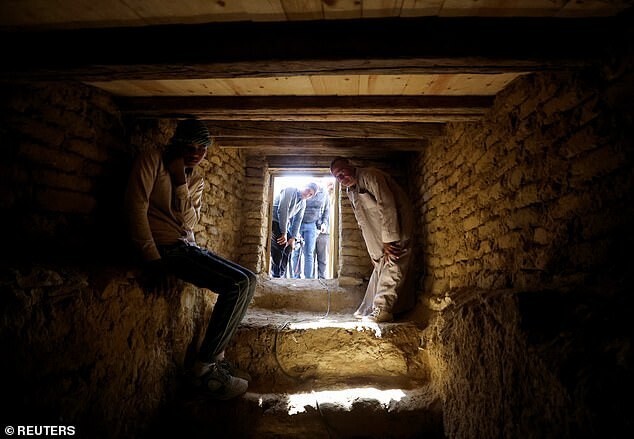
Using computed tomography, scientists were able to confirm the high the social status of the boy, pointing out the intricate details of the amulets, inserted into his mummified body, and the type of burial he honored. 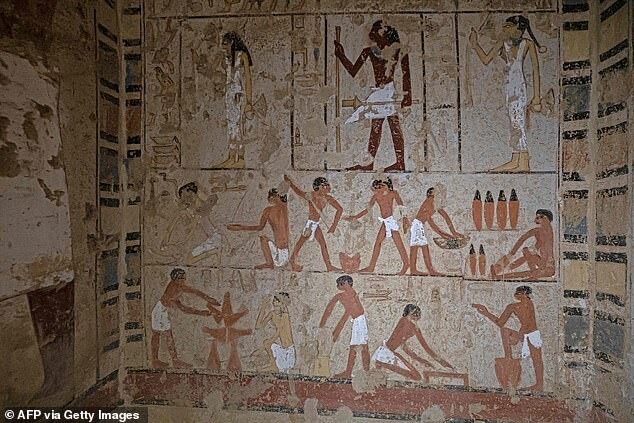
Egypt actively promotes ancient finds to attract more tourists: after all, the tourism industry is an important source of foreign exchange for a country in need of money.
Egypt's tourism sector has experienced a long downturn after numerous riots that followed the 2011 uprising. The tourism industry in Egypt is also stronglysuffered from the pandemic coronavirus.
Add your comment
You might be interested in:






